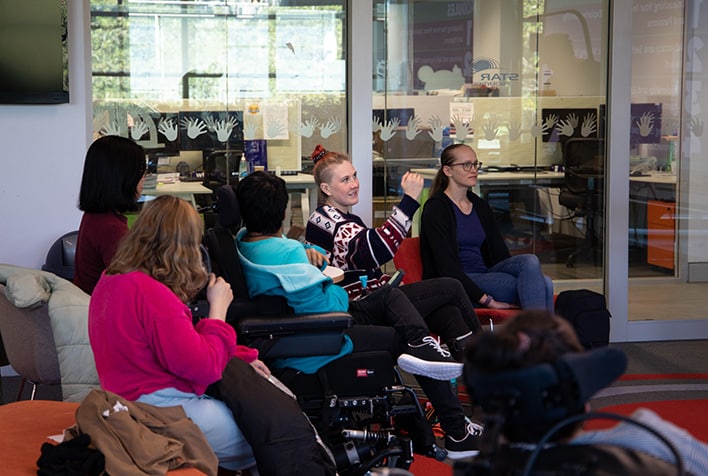
People with cerebral palsy and their families are faced with significant financial burdens due to disability-related costs, according to a new study from Cerebral Palsy Alliance researchers.
The study, ‘Out-of-pocket costs for families and people living with cerebral palsy in Australia’, surveyed 271 people with cerebral palsy (CP) and their families.
The vast majority (94%) of those surveyed reported out-of-pocket (OOP) costs, expenses relating to their condition over and above government support despite 85% of respondents receiving some form of disability funding.
Published in the open-access journal of science PLOS, the study found that 36% of respondents reported experiencing “high to overwhelming” levels of financial distress.
An estimated 34,000 Australians have CP, which affects 1 in every 700 births and is caused by a brain injury during pregnancy or shortly after birth.
Georgina Henry, a research assistant at Cerebral Palsy Alliance and the paper’s lead author, said the findings demonstrated that the financial impact of CP was being disproportionately felt by those with the most complex needs.
Median out-of-pocket costs for people with CP and their carers was $4,460 per-year, but those with more complex CP experienced far higher out-of-pocket costs compared to people with independent mobility.
For those in classified levels III-V on the five-level Gross Motor Function Classification System (GMFCS – a rating of movement abilities of a person with CP), median OOP costs jumped to $10,990.
The research follows on from a 2018 report by Deloitte Access Economics, commissioned on behalf of Ability First, Cerebral Palsy Alliance and Cerebral Palsy Australia, which found that the total cost of CP in Australia was $5.17 billion – or more than $145,000 per-person with CP.
Speaking to ABC Radio National to mark the release of the report, Henry said the paper emphasised the value of involving people with lived experience in all aspects of research – of the paper’s ten authors, four have CP themselves or are the parent of someone with CP.
“The wonderful thing about this research is that we also had three research partners with very different types of lived experience of CP – we had another adult with CP, a parent of a young adult, and a parent of a child with CP. Without everyone’s input we couldn’t have conducted this research, because everyone’s needs and expenses are so individualised depending on how CP affects them.”
The most common areas for OOP spending each year were on health ($1,190), transport ($1,050) and home modifications ($1,000), though these costs varied significantly based on a person’s age and individual experience of CP. People with more complex CP had much higher expenses relating to assistive technology and transport, and a majority also reported they would spend more in these areas if they were able to afford it.
Head here to listen to the full ABC Radio interview
Speaking with the ABC, Henry said the research indicated that more support was needed across society, so people with disabilities feel enabled to access the supports and services they required.
“It’d be wonderful to see more employment opportunities for people with disability, and to really think creatively about how that can happen. In terms of making the NDIS accessible for all families, it really comes back to listening to people with lived experience, taking that into account and making their insights a driving force for change.”
“Families have told us they are extremely grateful for the NDIS – it has been a game-changer. Yet, there is still scope to improve how we best support people to ensure everyone can have equal access to the scheme and what it can provide,” she said.
The full out-of-pocket costs research paper can be accessed HERE.
Head here to find out more about the work of the CPA Research Institute epidemiology program.
People with CP and their families are being faced with significant financial burdens due to disability-related costs, according to a new study from Cerebral Palsy Alliance researchers.